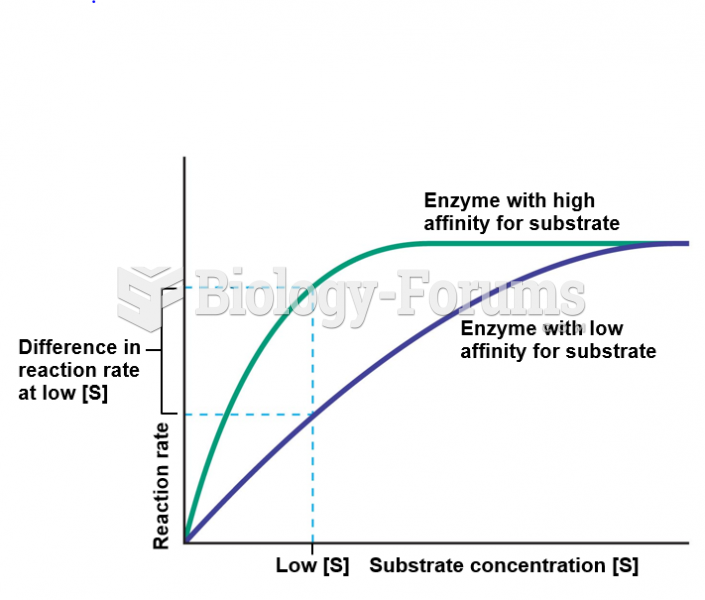|
|
|
Did you know?
Blastomycosis is often misdiagnosed, resulting in tragic outcomes. It is caused by a fungus living in moist soil, in wooded areas of the United States and Canada. If inhaled, the fungus can cause mild breathing problems that may worsen and cause serious illness and even death.
Did you know?
By definition, when a medication is administered intravenously, its bioavailability is 100%.
Did you know?
Aspirin is the most widely used drug in the world. It has even been recognized as such by the Guinness Book of World Records.
Did you know?
Asthma cases in Americans are about 75% higher today than they were in 1980.
Did you know?
The average human gut is home to perhaps 500 to 1,000 different species of bacteria.







